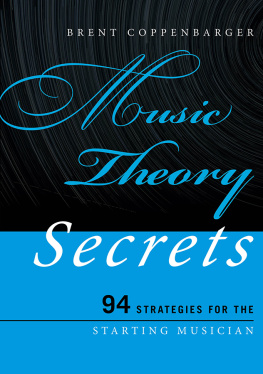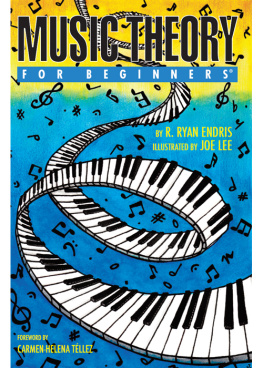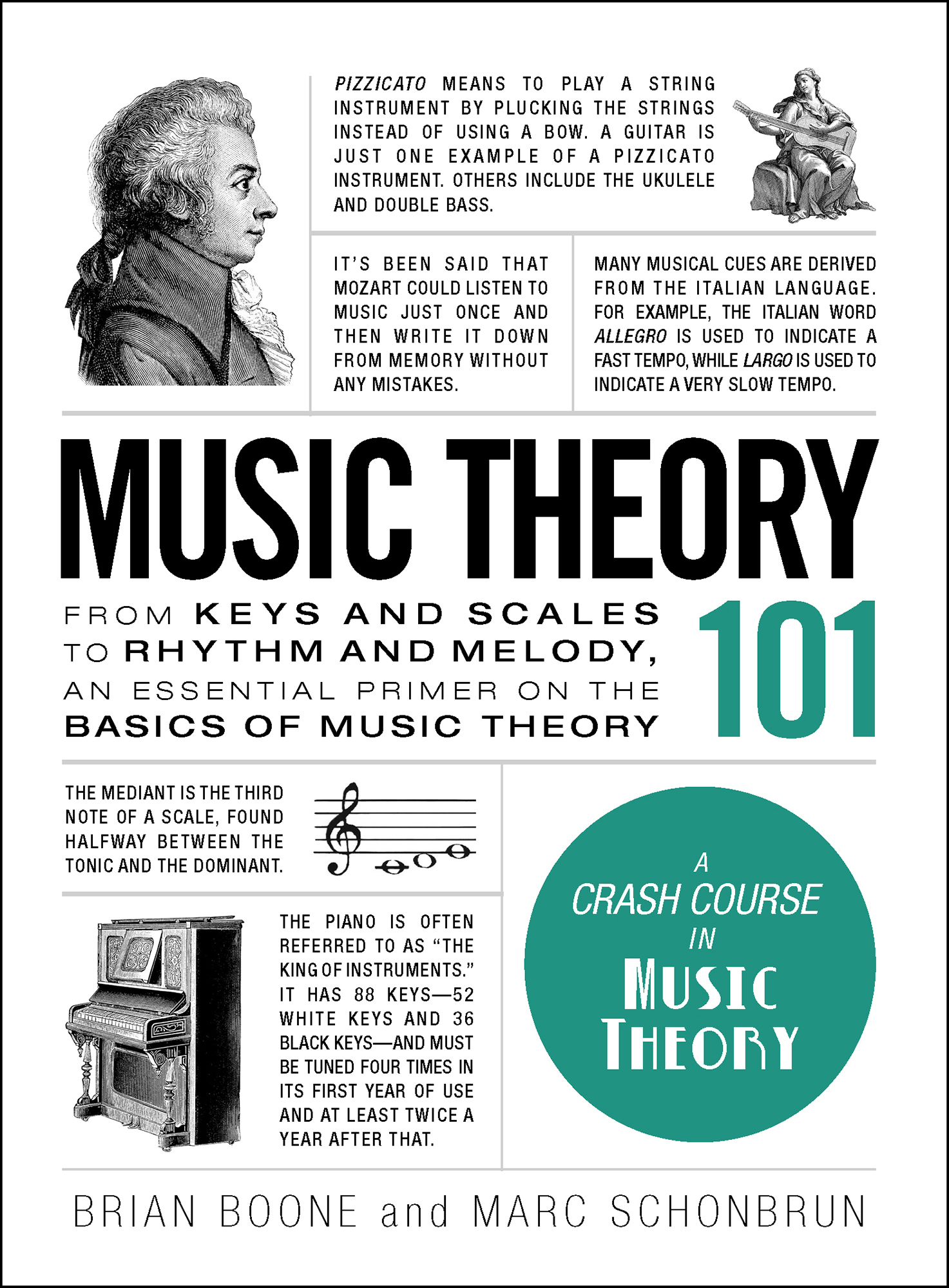Thank you for downloading this Simon & Schuster ebook.
Get a FREE ebook when you join our mailing list. Plus, get updates on new releases, deals, recommended reads, and more from Simon & Schuster. Click below to sign up and see terms and conditions.
CLICK HERE TO SIGN UP
Already a subscriber? Provide your email again so we can register this ebook and send you more of what you like to read. You will continue to receive exclusive offers in your inbox.
We hope you enjoyed reading this Simon & Schuster ebook.
Get a FREE ebook when you join our mailing list. Plus, get updates on new releases, deals, recommended reads, and more from Simon & Schuster. Click below to sign up and see terms and conditions.
CLICK HERE TO SIGN UP
Already a subscriber? Provide your email again so we can register this ebook and send you more of what you like to read. You will continue to receive exclusive offers in your inbox.
Contents

Adams Media
An Imprint of Simon & Schuster, Inc.
57 Littlefield Street
Avon, Massachusetts 02322
www.SimonandSchuster.com
Copyright 2017 by Simon & Schuster, Inc.
All rights reserved, including the right to reproduce this book or portions thereof in any form whatsoever. For information address Adams Media Subsidiary Rights Department, 1230 Avenue of the Americas, New York, NY 10020.
First Adams Media hardcover edition AUGUST 2017
ADAMS MEDIA and colophon are trademarks of Simon and Schuster.
For information about special discounts for bulk purchases, please contact Simon & Schuster Special Sales at 1-866-506-1949 or .
The Simon & Schuster Speakers Bureau can bring authors to your live event. For more information or to book an event contact
the Simon & Schuster Speakers Bureau at 1-866-248-3049 or visit our website at www.simonspeakers.com.
Interior design by Colleen Cunningham
Cover design by Heather Mckiel
Cover images Clipart.Com
Library of Congress Cataloging-in-Publication Data
Boone, Brian, author. | Schonbrun, Marc, author.
Music theory 101 / Brian Boone and Marc Schonbrun.
Avon, Massachusetts: Adams Media, 2017.
Series: 101
Includes index.
LCCN 2017015056 (print) | LCCN 2017017218 (ebook) | ISBN 9781507203668 (hc) | ISBN 9781507203675 (ebook)
LCSH: Music theory--Elementary works.
LCC MT7 (ebook) | LCC MT7 .B693 2017 (print) | DDC 781--dc23
LC record available at https://lccn.loc.gov/2017015056
ISBN 978-1-5072-0366-8
ISBN 978-1-5072-0367-5 (ebook)
Many of the designations used by manufacturers and sellers to distinguish their products are claimed as trademarks. Where those designations appear in this book and Simon & Schuster, Inc., was aware of a trademark claim, the designations have been printed with initial capital letters.
Contains material adapted from the following titles published by Adams Media, an Imprint of Simon & Schuster, Inc.: The Everything Music Theory Book, 2nd Edition by Marc Schonbrun, copyright 2011, ISBN 978-1-4405-1182-0 and The Everything Reading Music Book by Marc Schonbrun, copyright 2005, ISBN 978-1-59337-324-5.
CONTENTS
INTRODUCTION
Music theory is the study of music itselfit attempts to decipher why the patterns in music are what they are and how that in turn makes music work. Music is, after all, a highly intricate and structured art form that involves a great deal of math, science, and acoustics. And its true that understanding music takes time and effort. But learning more about the music you love doesnt have to be a challenge! This guide will help you master the tools you need to read, play, and comprehend music.
This book is different from other books on music theory that you may have bought. Many theory books cater to the experienced musician and are filled with complex terms and assumptions that can overwhelm the everyday reader. These books also tend to focus on classical music and often ignore other types of music. In comparison, Music Theory 101 presents the topic in a clear, easy-to-understand fashion that encompasses many musical genres and instruments.
Whether you play music or just want to know more about it, this book will help you understand how music works and how all its elements fit together. Music theory takes the sounds of music and translates them into words ; it takes a look at how music has evolved over the years and explores what we can learn from those changes.
This book covers the essential aspects you need to know, such as:
How to understand rhythm and time signatures
How chords and scales are constructed
How to write and understand traditional harmony
How to identify keys and how keys are organized
How to understand articulations and ornaments on written music
How to use modes to expand harmony
Music theory doesnt have to be confusing or overly complicated. And while it can be true that learning music theory is not an easy task, this book will lead you through the process with confidence and clarity. So lets explore (and demystify) the fascinating world of music theory.
Note: In addition to examples in standard music notation, youll also see guitar tablature included in many of the figures as well as guitar chord diagrams. If you play guitar, youll be able to play along with many of the examples included in this book and strum along with the harmonies to help you learn.
Chapter 1
The Basics of Music
Whether you are new to the study of music or are adept at reading and playing music, you need to have a firm grasp of the basics and an appreciation of its rich compositional history to understand music theory. With that in mind, this chapter offers an overview of the basic musical terms and concepts upon which music theory is built, as well as a brief history of musical styles.
THE PERIODS OF CLASSICAL MUSIC
A History of Styles
While there are more genres of music than weve got space to write them down, not to mention the subgenres of all of those, there are essentially a few overarching styles under which most music can be categorized. While all more or less follow the rules and structures of Western music theory, the following types of music also boast their own highly recognizable and innovative tropes, details, and traditions. Heres a brief history of symphonic and orchestral musical styles.
BAROQUE (C. 16001760)
Baroque music is complex, soaring, heavily ornamented, and undeniably grand, and is the basis for the classical and symphonic music that followed. The baroque period produced some of the most groundbreaking composers, including Johann Sebastian Bach, Antonio Vivaldi, and George Handel.
CLASSICAL (C. 17601820)
While you often hear the term classical in reference to any kind of music that involves a large group of varied instruments playing a complex, lyrics-free composition, the term is more accurately applied to a certain period in European music. And while classical music seems fancy and grand, classical composers actually tried to strip down music to its basic and most beautiful elements in favor of clear, strong melodies. Some of the best-known composers come from the classical period, such as Wolfgang Amadeus Mozart, Ludwig van Beethoven, and Franz Joseph Haydn.


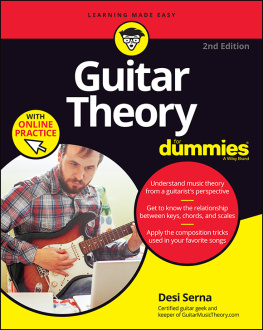
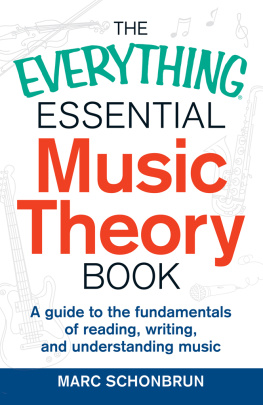
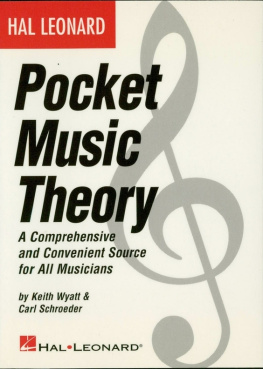

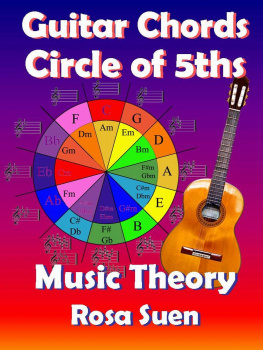
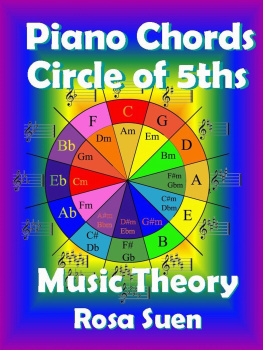
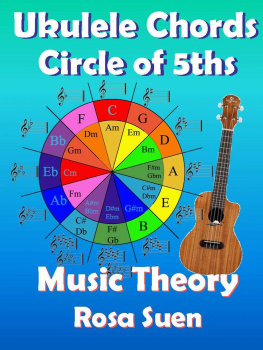
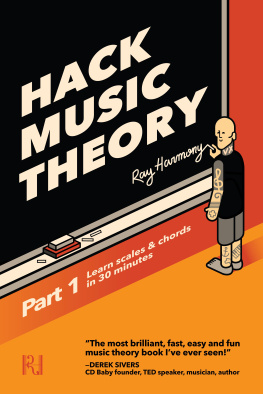
![Michael Miller - Idiots Guides: Music Theory, Third Edition [Book]](/uploads/posts/book/161692/thumbs/michael-miller-idiot-s-guides-music-theory.jpg)
